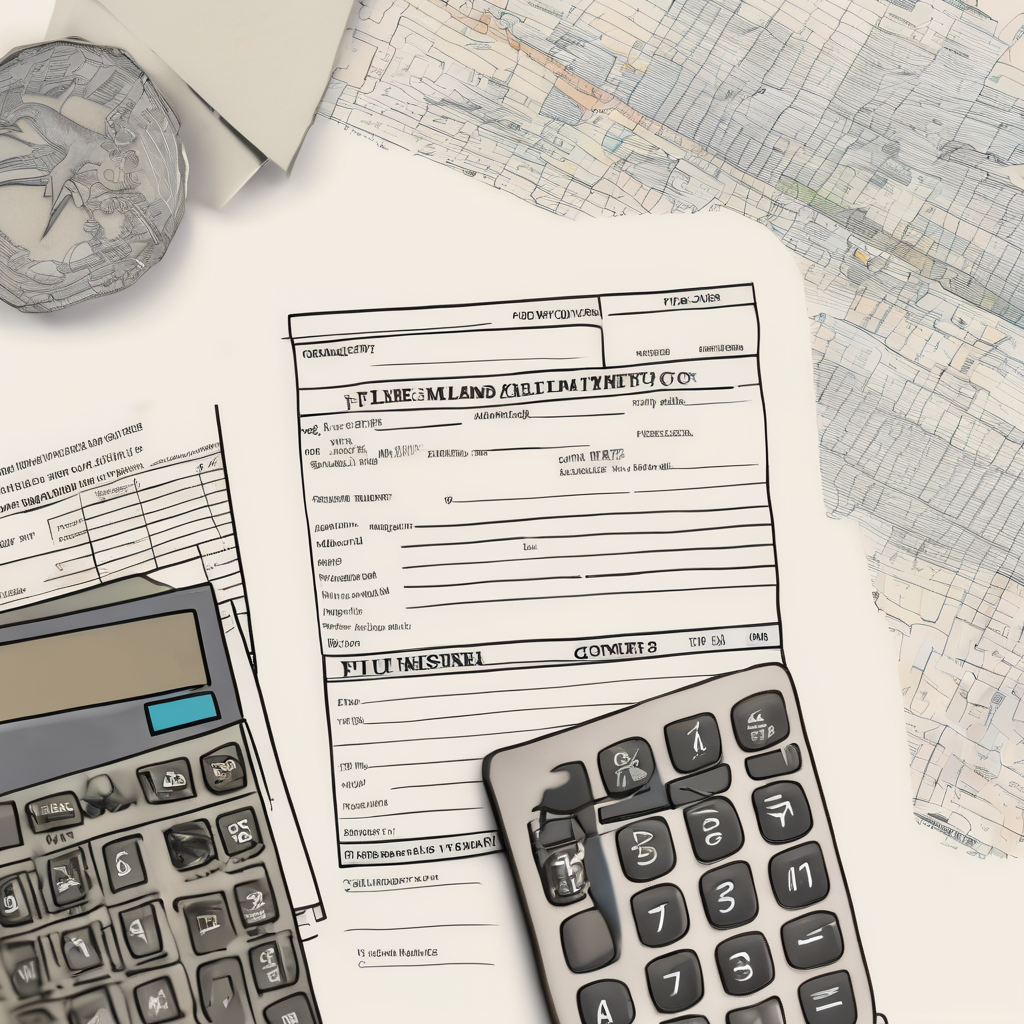As the government shutdown continues, rebate checks related to the ANCHOR program and inflation refunds are still expected to reach qualifying Americans. This comes as many look for updates on the American Worker Rebate Act, IRS tax refunds, and potential stimulus checks throughout 2025. Understanding eligibility and tracking the status of these payments is crucial to prevent falling victim to scams.
There has been a wave of unsupported speculation online regarding new stimulus checks or direct deposits of amounts like $1,390 or $1,702 or $2,000 coming this year. However, there has been no official confirmation from Congress or the IRS regarding these claims, and individuals are advised to approach such information cautiously to avoid misinformation and fraud.
The IRS has also issued warnings concerning scams that harass individuals about tax refunds, credits, and payments, often pressuring them for sensitive personal and financial information.
Meanwhile, the American Worker Rebate Act of 2025, proposed by Missouri Republican Senator Josh Hawley, aims to provide checks ranging from $600 to $2,400 for American families. However, this bill has yet to pass Congress.
Historically, three stimulus checks were linked to COVID-19 relief, with the opportunity to claim the last one expiring on April 15, 2025. Additionally, several states, including New York, Pennsylvania, Georgia, Colorado, and New Jersey, have been issuing inflation relief checks due to increased sales taxes stemming from inflation, offering further financial assistance to residents.
Inflation relief checks vary in amount based on income. For instance, New York individuals earning up to $75,000 are eligible for a one-time payment of $200, while joint filers making up to $150,000 can receive $400. Similar initiatives have been adopted by other states with different criteria for qualifications.
The ANCHOR program in New Jersey is designed to assist property owners and renters who meet specific requirements. This program allows for financial relief of up to $1,750 for homeowners aged 65 or older, and varying amounts for those below this age. The application deadline for online submissions was October 31.
For those awaiting their federal tax refunds, those who electronically filed their taxes and provided banking information can generally expect a direct deposit within 21 days. Others may receive a paper check within six to eight weeks. The IRS offers an online tool called “Where’s My Refund” for tracking the status of federal tax refunds, updating information once a day.
While rumors of a fourth stimulus check circulate online, official confirmation of such payments is lacking, and any speculative claims should be treated with caution.
This financial assistance landscape shows a continued effort by various levels of government to provide economic relief in uncertain times. By remaining informed and vigilant, citizens can navigate these opportunities while protecting themselves from potential scams. There is hope that support programs will continue to evolve, offering necessary assistance to those in need.
